Reimagining the Joseon Dynasty in modern-day Seoul
The Joseon Dynasty is the last kingdom that ruled Korea before it became the Korean Empire. During this dynasty, the capital of the state become Seoul and the operations of national affairs were centered there henceforth! The Kings that ruled in the Joseon Dynasty built a number of palaces�but only five are open as historical monuments of Korea's rich and extravagant history of royal culture.�
These five palaces are avid travel destinations offering a wide array of unparalleled wood structures, tile work, pillars, rafters, and painted rooftops. The idea was that the structural integrity and external feel of the palaces would reflect the attitudes, authority, and dignity of the King himself.
Here are the five awe-inspiring palaces remaining from the Joseon Dynasty open to tourists for visitation!
1) Gyeonghui Palace
During the latter half of the Joseon Dynasty, the King used Gyeonghui Palace (trans. Palace of Serene Harmony) as the alternative location to his normal palace. Often referred to as the Seogwol, or 'palace of the west', Gyeonghui Palace was directly left to Seoul, offering a place for royalty in times of emergency. In comparison to the other palaces, this one is much smaller in size, though in its prime, it consisted of more than 100 buildings with a bridge that connected its palace grounds to Deoksu Palace! The Seoul Museum of History is also a spot worth visiting here as well!
55, Saemunan-ro, Jongno-gu, Seoul
2) Deoksu Palace
Deoksu Palace (Palace of Virtuous Longevity) has certainly lived up to its name by being one of the most historically impacted palaces! Due to the Japanese invasion, there was issues with allocating a palace for the royalty, so a house was chosen to become the next palace residence, so Deoksu Palace fluctuated as the temporary and permanent residence for years to follow. Be sure to check out the famed stone wall walkway on your excursion through this colorful residence!
99 Sejong-daero, Jung-gu, Seoul
3) Changdeok Palace
This palace was the second in Seoul during the Joseon Dynasty and its name means Palace of Prospering Virtue. The structural integrity of the palace faired much longer than the rest because the design of the palace was in line with the elements of nature in the area. Though the original palace was partially burnt during Japanese invasion(there is a pattern here regarding Japanese invasion!), the rebuilt palace grounds are fairing as gorgeous as ever in modern times! A must see here is the gorgeous Secret Garden, a stunning landscape favored by the royal families of the past.
99, Yulgok-ro, Jongno-gu, Seoul
4) Changgyeong Palace
Changgyeong means Flourishing Gladness and this palace happened to sit east of Gyeongbok Palace. During Japanese Invasion, there were many remodels and additions that were later removed to retain cultural and historical aspects of Korean history within the palaces. Many visitors claim it has the most serene feel out of all the beautiful palaces though it is the oldest!
185 Changgyeonggung-ro, Jongno-gu, Seoul
5) Gyeongbok Palace
As a palace named Gyeongbok or 'Felicitous Blessings' or 'Palace Greatly Blessed By Heaven' and sometimes even 'The Palace of Shining Virtue', we can say this is a grand irony as the Japanese ran through the area and destroyed it to the ground twice during the Joseon Dynasty. However, through mandated restoration work beginning from the nineties, this beautiful palace is once again shining as a cultural centerpiece to Seoul's historical roots. This is the place for you to take your most grandiose and gorgeous pictures!
161, Sajik-ro, Jongno-gu, Seoul
SEE ALSO: The hottest K-beauty trends taking over Korea this spring

 SHARE
SHARE


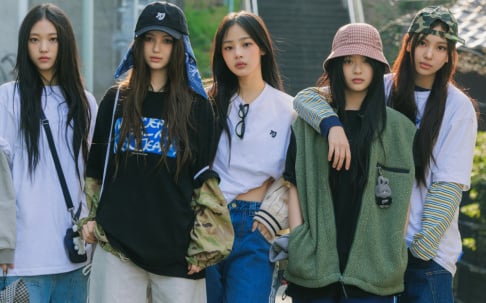
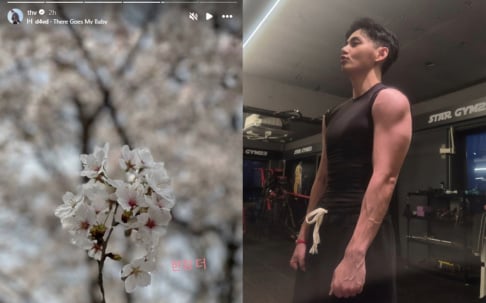
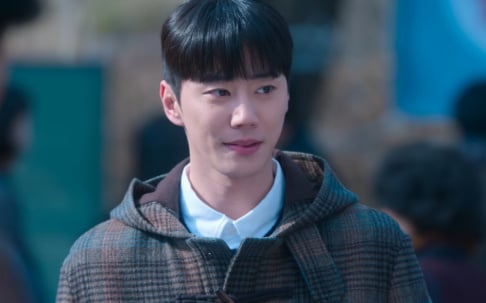
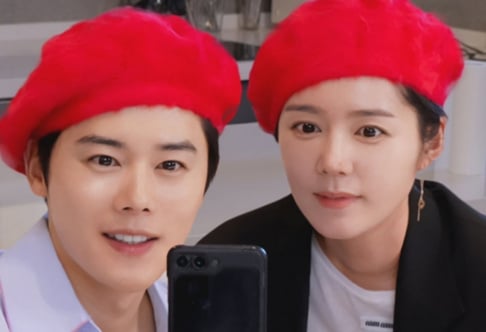
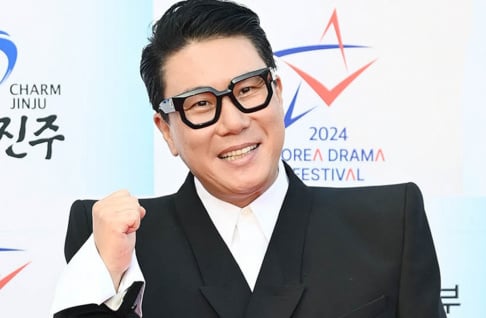
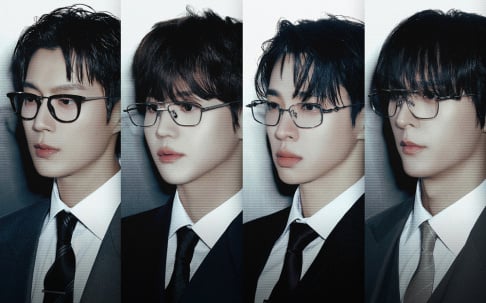
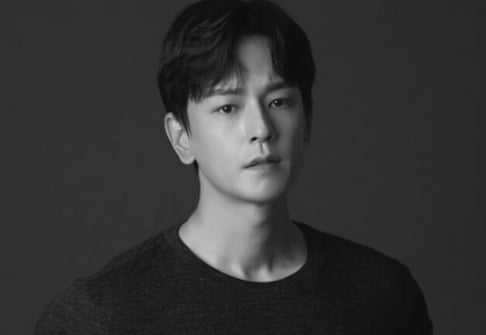
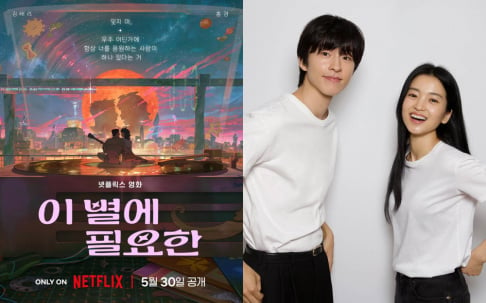
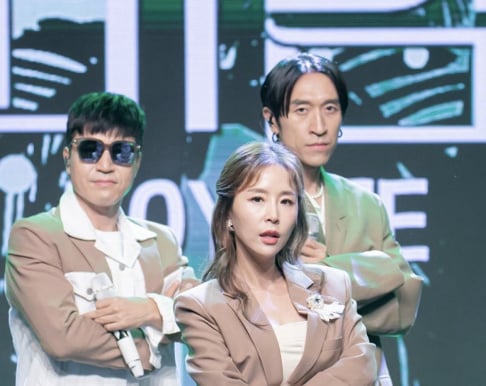
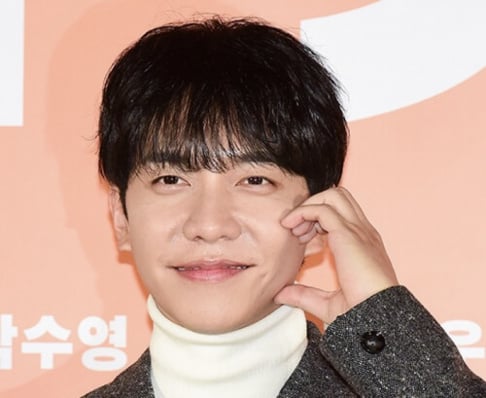
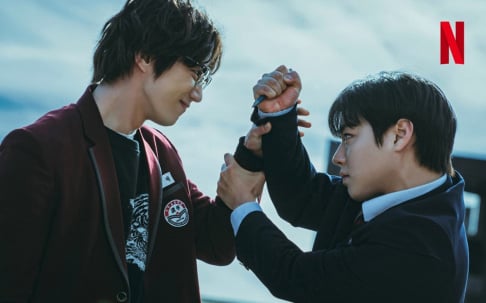
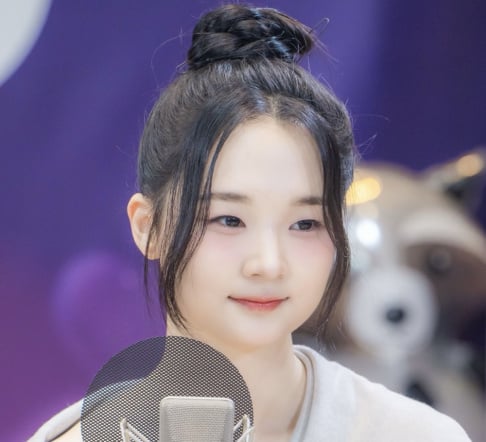
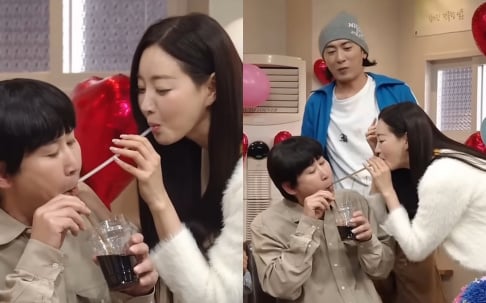
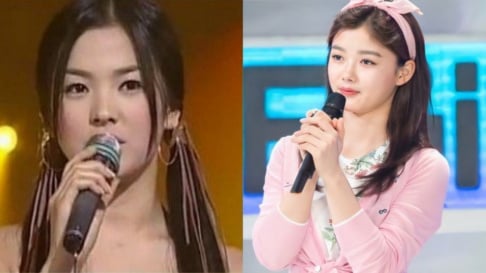
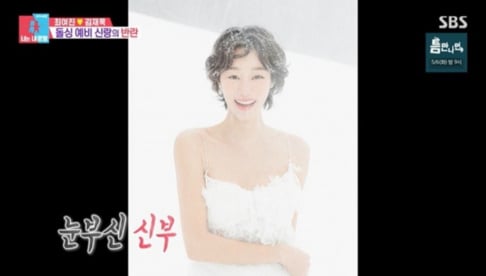


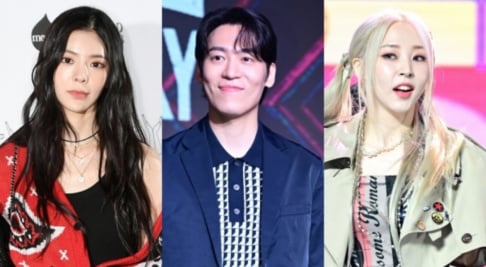



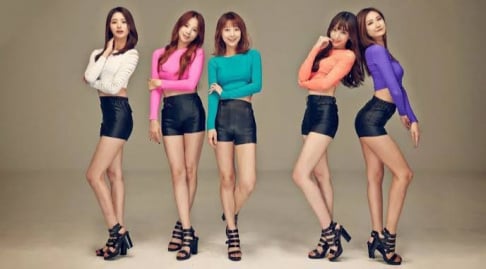
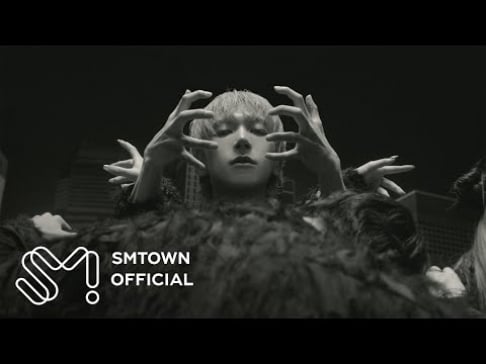
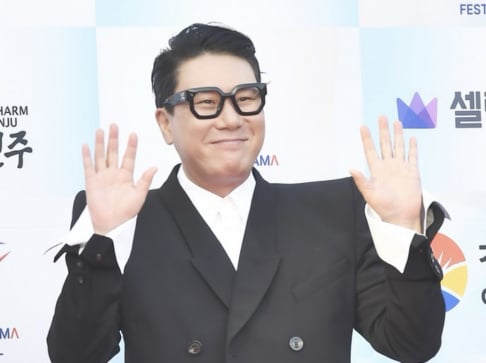
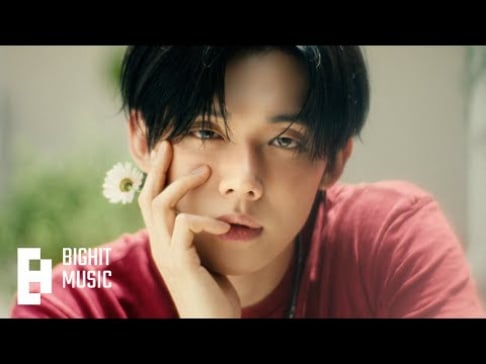
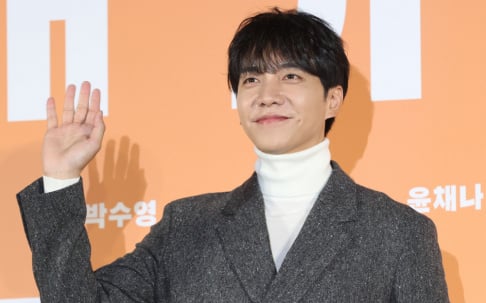
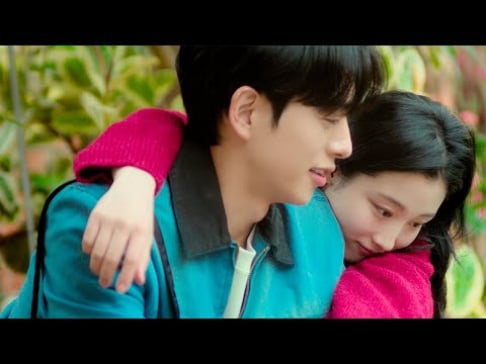
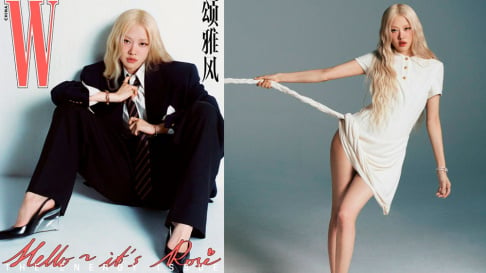
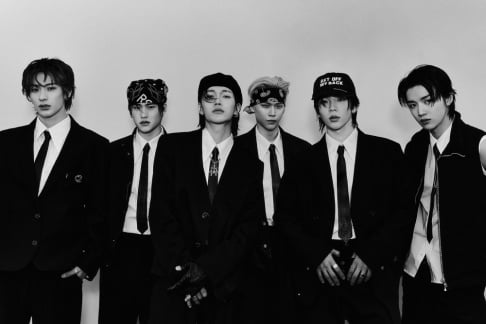
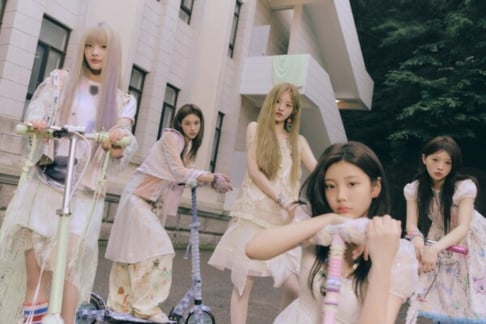


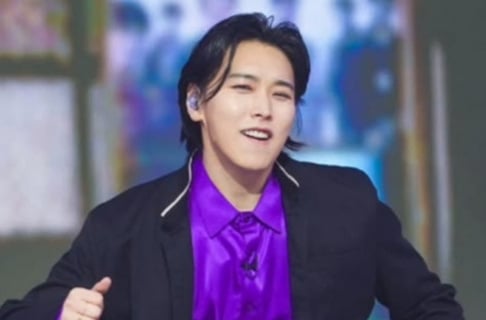
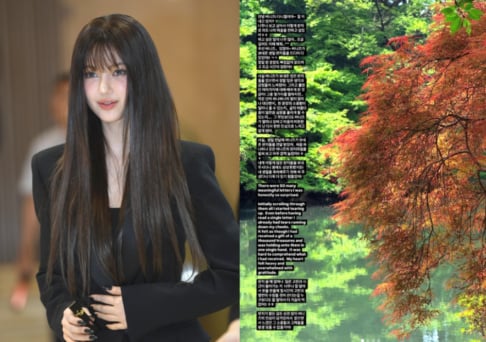
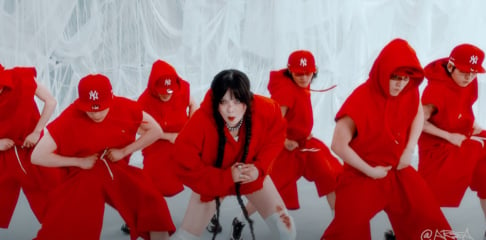
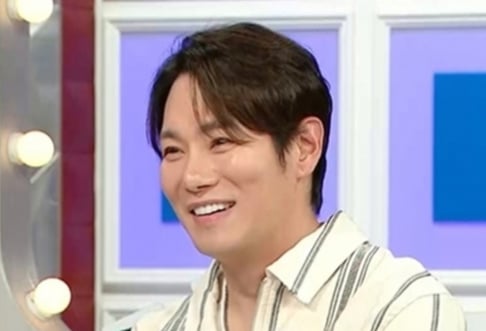
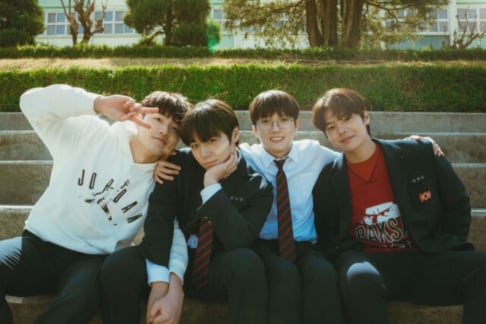
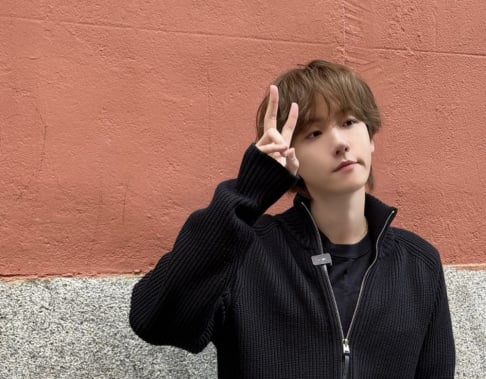
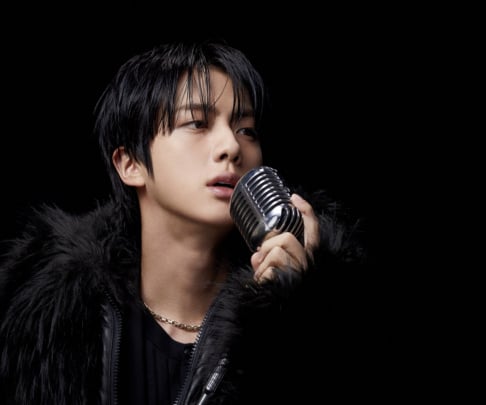



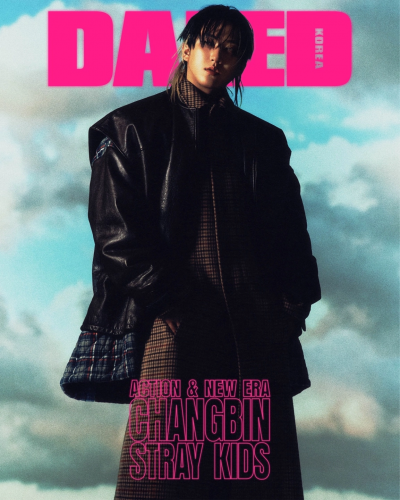


Log in to comment